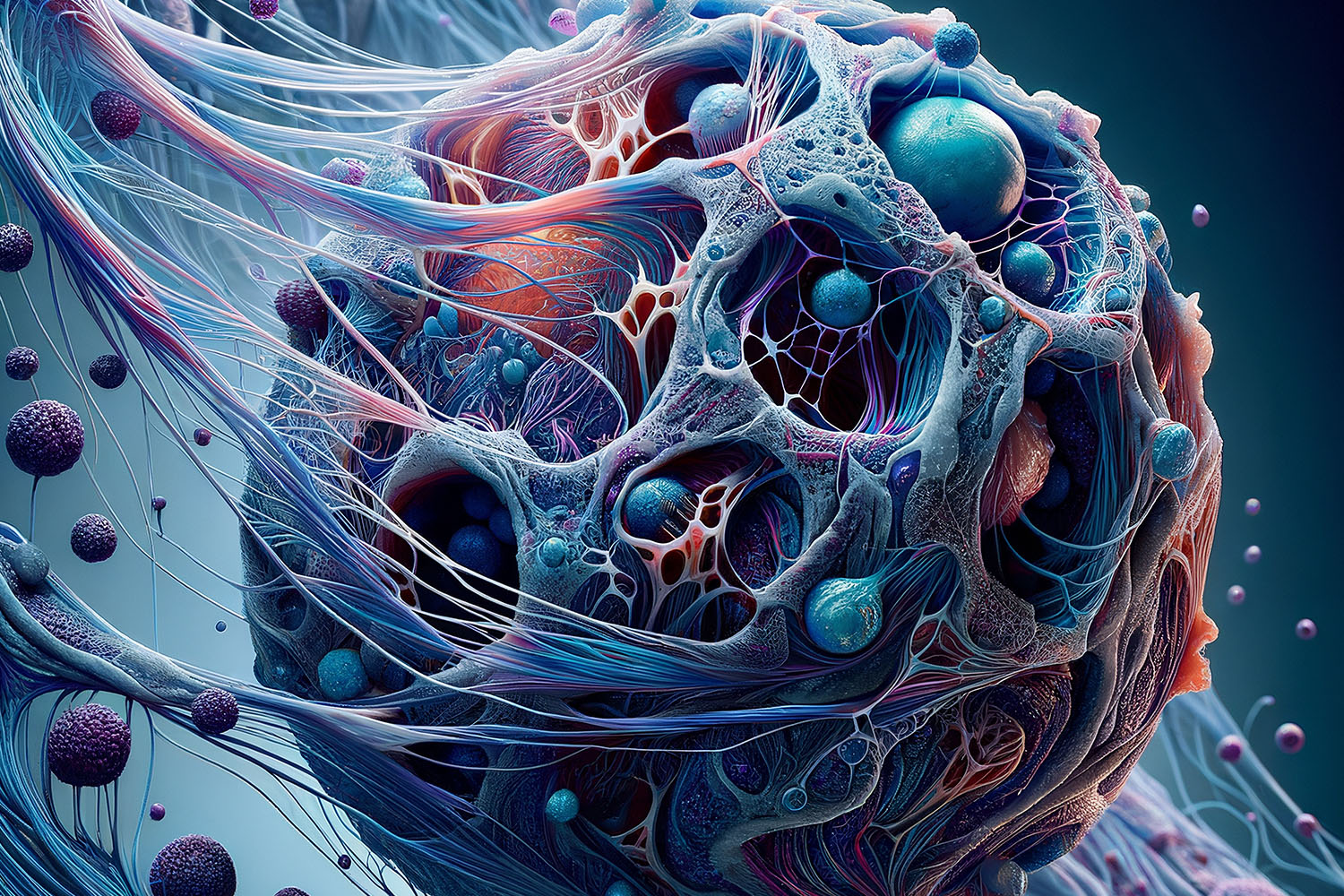Overview
In the realm of medical advancements, allografts have emerged as a beacon of hope for patients requiring tissue transplants. Derived from a donor of the same species, allografts have revolutionized the treatment of a variety of conditions, providing new opportunities for healing and recovery. This blog delves into the concept of allografts, their applications, benefits, and the latest international research that underscores their significance in modern medicine.
Understanding Allografts
An allograft, also known as a homograft, refers to the transplantation of tissue from one individual to another within the same species. This type of graft is often used in procedures where synthetic or autograft (self-donated tissue) options are not viable. The primary sources of allograft tissue include bone, skin, heart valves, and tendons. These tissues are meticulously processed and preserved to ensure they are safe and effective for transplantation.
Applications of Allografts
Allografts have a wide range of applications in various medical fields:
- Orthopedics: Bone allografts are frequently used in orthopedic surgeries to repair fractures, replace missing bone, and enhance spinal fusions. These grafts help restore skeletal integrity and promote natural bone growth.
- Cardiology: Heart valve allografts are critical for patients with valve diseases. Donor valves are used to replace damaged or diseased valves, improving the patient’s quality of life and longevity.
- Dermatology: Skin allografts play a vital role in treating severe burns and extensive skin loss. They provide a temporary cover, reducing the risk of infection and fluid loss while promoting healing.
- Dentistry: Allografts are used in dental procedures such as bone grafting for implant placements and periodontal regeneration. They help rebuild bone structure and support dental implants.
Benefits of Allografts
The use of allografts offers several advantages:
- Availability: Allografts are readily available from tissue banks, reducing the waiting time for patients.
- Reduced Morbidity: Unlike autografts, allografts eliminate the need for a second surgical site, minimizing pain and recovery time for patients.
- Versatility: Allografts can be tailored to meet specific surgical needs, making them suitable for a wide range of applications.
International Research on Allografts
Recent international research has focused on enhancing the safety, efficacy, and integration of allografts in various medical procedures. Here are some noteworthy studies:
- Advancements in Bone Allografts: A study published in the Journal of Orthopaedic Research highlighted the development of novel techniques to improve the incorporation of bone allografts. Researchers explored the use of growth factors and scaffolds to enhance bone regeneration, showing promising results in preclinical trials .
- Heart Valve Allografts: Research in the European Journal of Cardiothoracic Surgery examined the long-term outcomes of heart valve allografts in pediatric patients. The study found that these allografts provided excellent durability and functionality, making them a preferred option for young patients with congenital heart defects .
- Skin Allografts for Burn Treatment: An international collaborative study published in Burns journal investigated the use of cryopreserved skin allografts in burn management. The research demonstrated that these allografts significantly improved wound healing and reduced the risk of complications compared to traditional treatments .
- Dental Allografts: A comprehensive review in the Journal of Clinical Periodontology evaluated the effectiveness of dental allografts in bone regeneration. The review concluded that allografts are highly effective in promoting new bone formation and supporting dental implants, with success rates comparable to autografts .
Future Perspectives
The future of allografts looks promising, with ongoing research and technological advancements aimed at improving their safety and efficacy. Innovations such as tissue engineering, stem cell therapy, and enhanced preservation techniques hold the potential to further elevate the success rates of allograft procedures.
Allografts have undoubtedly transformed the landscape of tissue transplantation, offering patients new hope and improved outcomes. With continuous research and innovation, the potential for allografts to revolutionize medical treatments remains boundless. As we look to the future, the integration of allografts in various medical disciplines will continue to pave the way for advancements in patient care and recovery.
By embracing the potential of allografts, we are not only enhancing medical practices but also transforming lives—one graft at a time.



